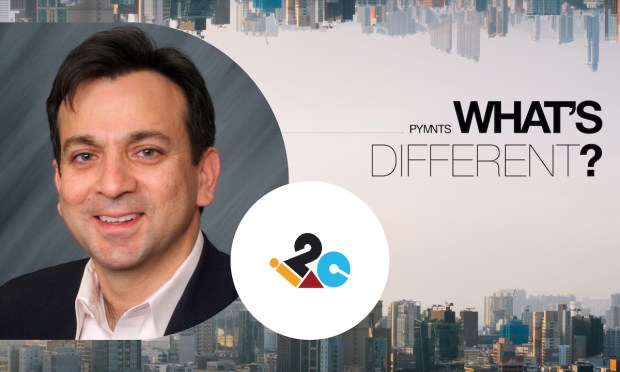Banks That Can’t Personalize Services Risk Quiet Quitting by Millennials

PYMNTS asked business leaders for their take on how to plan for the rest of 2023 and what they are telling their teams to focus on. Amir Wain, founder and CEO of digital payments and banking solutions provider i2C, says to reach the next generations of customers, businesses need to focus on consumer needs and provide personalized services — or risk losing them.
None of us can predict the future. However, we can control our reaction time when the unexpected happens and new challenges arise. Companies need to look closely at the competencies within their organizations and their partners’ organizations to quickly solve current and future problems.
Change is the one constant in business, and I focus on ensuring that i2c can quickly adapt to change. Looking at recent history, the lesson is clear: Building our businesses for greater agility and flexibility has become critical. Today, leaders who can consistently harness disruptive events will have a strategic advantage against the competition.
In recent years, low-interest rates and high market liquidity made funds easier to access while companies received ever-higher valuations for growth. Profitability and cash flow were afterthoughts. To make matters worse, inflexible bets and losing sight of business fundamentals were compounded by a failure to inject businesses with the kind of readiness required.
How Difficult Is Change for Your Organization?
Today’s headlines are just another cycle of economic ups and downs — and one can argue that the cycles between periods of volatility and crisis are getting shorter. We remind our partners that agility — the ability to change and execute in a compressed timeline — is among the most valuable core competencies you can build into your culture and business.
At i2c, we’ve made agility a major tenet across our product and organization. We empower our clients with the building blocks and self-service interfaces to quickly react to new market conditions as opportunities arise — regardless of use case, product or region. And in anticipation of change, we invest 1 million man-hours each year into adding new building blocks to our unified banking and payments platform to provide not only what customers are looking for today but also what they need in the future.
Looking Ahead, Here’s What We See
Businesses that can survive change keep customer needs at the forefront. While it may feel safer to cater to existing customers and stick with what your company “knows,” many truths would be ignored with this approach. Building strategies that go beyond meeting the status quo will deliver relevant and personalized value for both today and tomorrow’s consumers.
This new wave of consumers expects personalized and relevant financial services to meet a broader range of needs beyond current product constructs such as checking accounts and credit cards. Product-specific platforms service one of these needs and organizations must weave together a number of platforms to service consumers. That approach will not work moving forward; a unified platform approach will be needed.
When we look at demographics, we see that baby boomers are no longer the majority. A wave of millennials and next-generation consumers is entering the market. Therefore, products that are servicing the needs of existing consumers may not align with what the new consumer is looking for.
These new consumers expect personalized and relevant financial services to meet a broader range of needs beyond digital access to their money.

